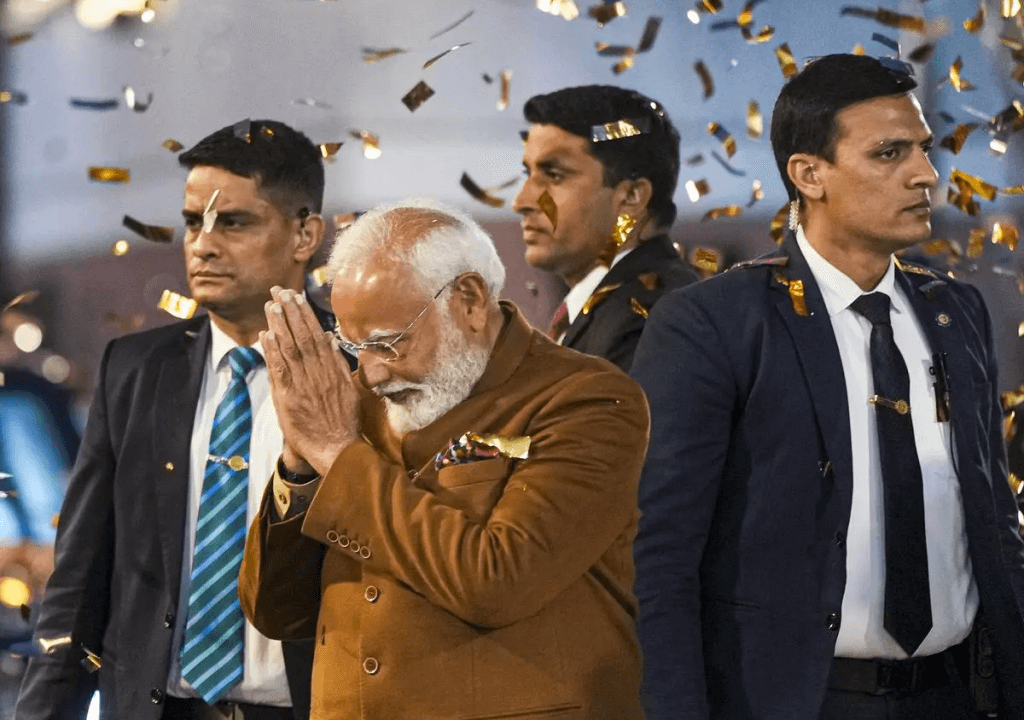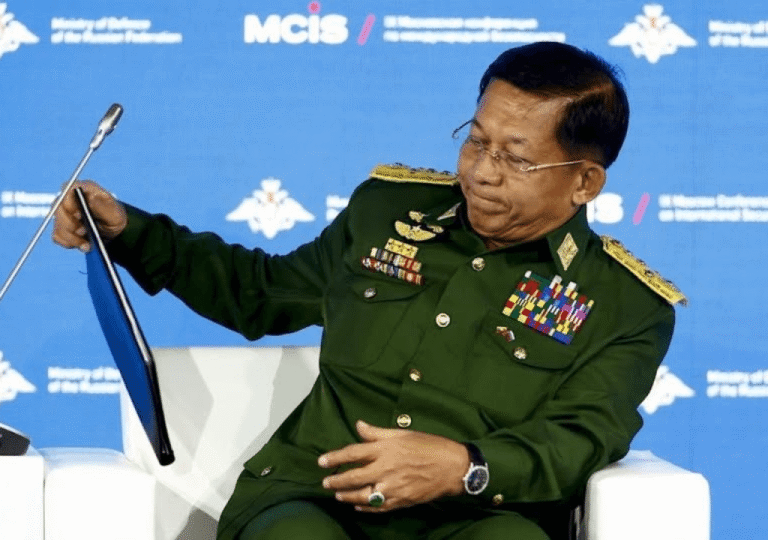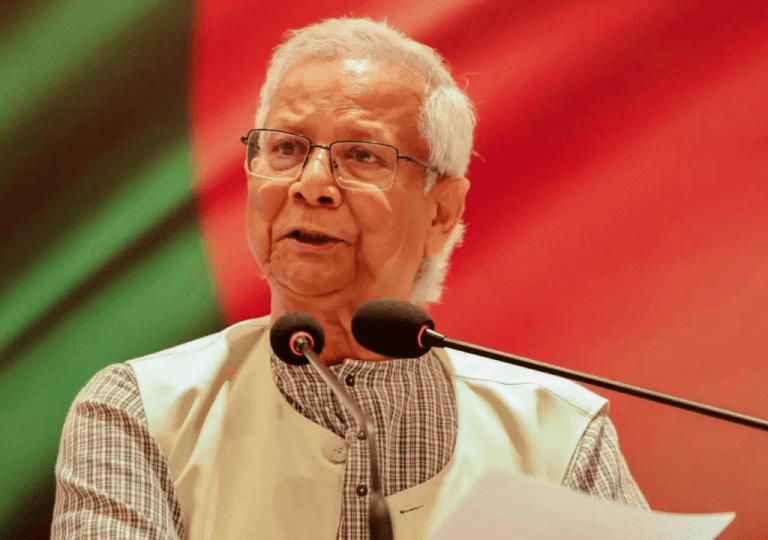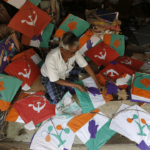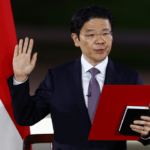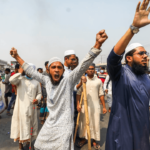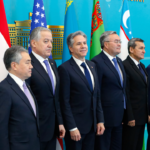Delhi, the national capital territory of India, serves as the country’s administrative center, housing Parliament, ministries, the Supreme Court, and other key government institutions and tribunals. Unlike Indian states, it functions as a special administrative zone with limited governing authority, akin to Washington, D.C., in the United States. Despite its small size, Delhi wields significant political influence. Often called “Mini Hindustan” due to the diverse migration from across India, it remains a crucial battleground for political parties, with gaining power in Delhi considered a point of pride.
For Narendra Modi and the BJP, securing power in Delhi has been a long-standing goal. Though the party briefly controlled the capital in the 1990s, it struggled to regain influence after Modi became prime minister in 2014. Despite its widespread electoral success across India, the BJP consistently lost Delhi’s assembly elections to the Aam Aadmi Party (AAP), led by Arvind Kejriwal. Originating from an anti-corruption movement, AAP positioned itself as a grassroots alternative to traditional politics, operating more as an activist-driven group than a conventional party. While some experts saw AAP’s rise as a potential third force in Indian politics, the party lost its important ground in this latest election.
After years of setbacks, the BJP’s hard work finally paid off in the latest Delhi Assembly elections, which concluded on February 5th. This victory—Modi’s fourth attempt at capturing the capital—marks a significant political shift. For the first time in over a quarter-century, Narendra Modi’s Bharatiya Janata Party (BJP) has taken control of Delhi’s government. In the 2025 assembly elections, the BJP won 47 of the 70 seats, ousting the Aam Aadmi Party (AAP), which had governed the capital since 2015. AAP secured just 22 seats. In a stunning upset, its leader and founder, Arvind Kejriwal, along with his deputy, Manish Sisodia, lost their seats despite the party’s strong appeal through welfare programs and its anti-corruption agenda. The Indian National Congress, which failed to win a single seat for the third consecutive election, faces serious questions about its future. Once a dominant force in the region, Congress ruled Delhi for nearly 15 years before Kejriwal’s rise. The Bahujan Samaj Party (BSP), another former powerhouse, also suffered a crushing defeat.
Waving party flags and holding up posters of Narendra Modi, BJP supporters chanted slogans and danced outside the party headquarters in the capital as the vote results started to come in, with most exit polls predicting a decisive win for the party. Addressing the crowd, Modi criticized the Aam Aadmi Party and Arvind Kejriwal for their actions, but reserved his sharpest words for the Indian National Congress, delivering a scathing critique of the opposition. Amit Shah, India’s influential home minister and senior BJP leader, emphasized that the victory represented the people’s rejection of deceit. He noted that the public could no longer be misled by falsehoods. Shah also stressed that under Modi’s leadership, the BJP would transform New Delhi into the world’s leading capital by fulfilling all its promises. He hailed the victory as a testament to the people’s faith in Prime Minister Modi’s vision for progress.
The election result was a major boost for the BJP, especially after the party failed to secure a majority in last year’s national elections and had to rely on coalition partners to form the government. The BJP regained momentum by winning key state elections in Haryana and Maharashtra. In the lead-up to the election, Modi’s government implemented tax cuts for the salaried middle class, a vital voting bloc. Throughout the campaign, both Modi and Kejriwal promised reforms, such as overhauling government schools, providing free healthcare and electricity, and offering a monthly stipend of over 2,000 rupees ($25) to impoverished women—proposals that have become standard in Indian elections.
The Delhi election signals important political shifts in India. Narendra Modi and the BJP are reaching new heights, extending their influence into states and territories once beyond their grasp. Modi is also attracting support from Muslim and Sikh communities, groups that were traditionally outside his base. Meanwhile, the opposition bloc, known as I.N.D.I.A., which includes the Indian National Congress and the Aam Aadmi Party (AAP), is unraveling. Both parties failed to coordinate and strike agreements ahead of the Delhi election, leading to disappointing outcomes. AAP may distance itself from the alliance, as many parties within the bloc face similar struggles due to a lack of cohesion. Modi’s success is well-deserved, and the BJP is clearly flourishing. However, the opposition must reassess its strategy if it hopes to challenge Modi’s expanding dominance.

